In an era increasingly defined by unpredictable events, the need for effective and accessible emergency preparedness has never been more critical. Yet, traditional emergency kits often fall short, lacking in both functionality and integration into our everyday lives. This has sparked a wave of innovation among designers and studios, pushing the boundaries of what emergency preparedness can look like. From minimalist personal survival tools to thoughtfully organized first-aid kits and rapidly deployable shelters, this article explores three distinct projects that showcase the power of design to transform emergency preparedness, focusing on functionality, sustainability, and a seamless integration into our lives.
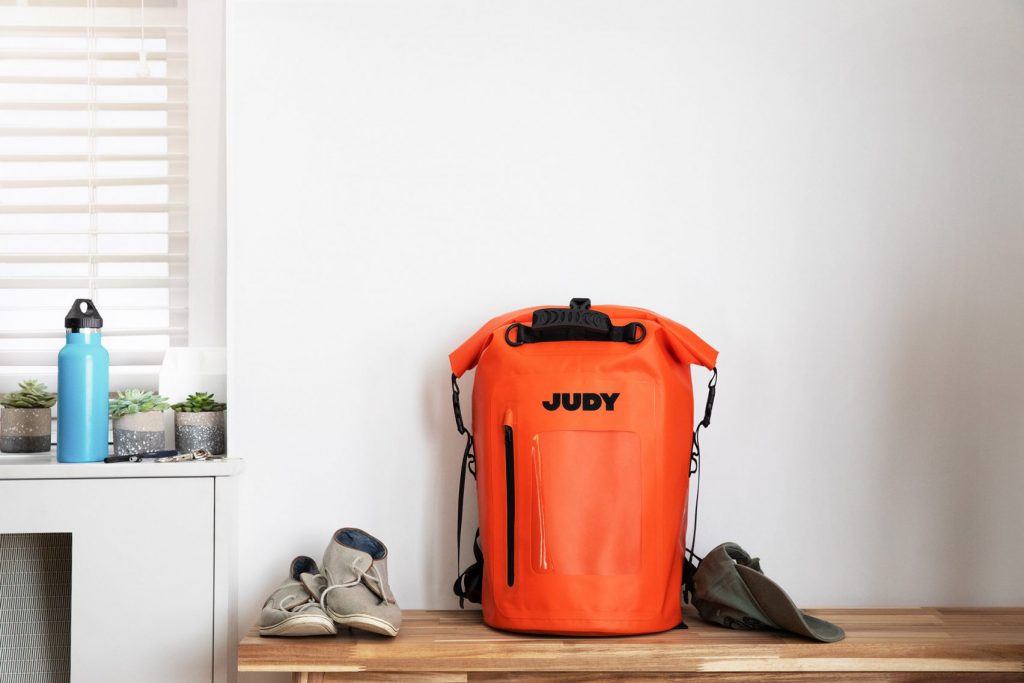
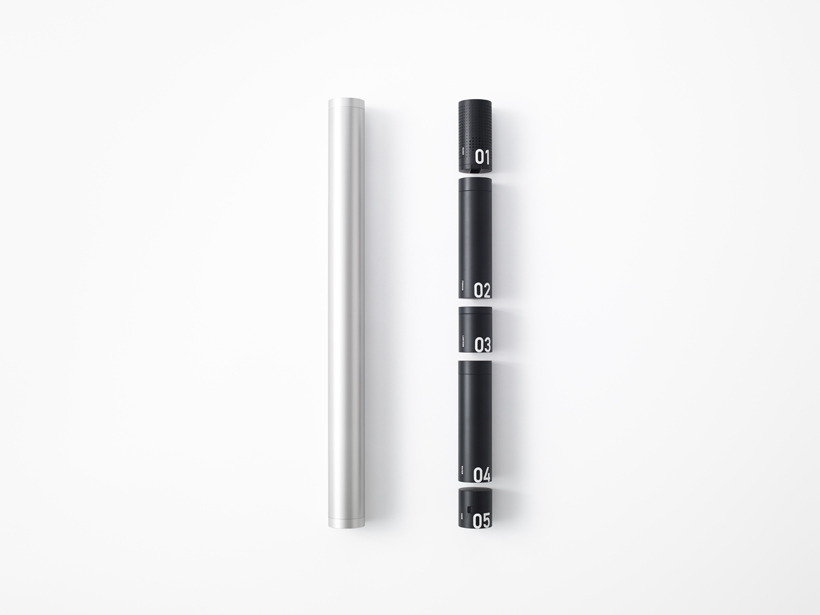
MINIM+AID by Nendo
The Great East Japan Earthquake of 2011 served as a stark reminder of the critical need for effective disaster preparedness. In response to this, Nendo, the renowned Japanese design studio, reimagined the traditional emergency kit with their MINIM+AID – a sleek, minimalist tube that redefines preparedness through thoughtful design and resourcefulness. Departing from bulky and often cumbersome conventional kits, Nendo created a slim, 5cm wide waterproof tube that embodies the principle of “less is more.” MINIM+AID is about creating a grab-and-go solution that’s easy to store, carry, and deploy when seconds count.
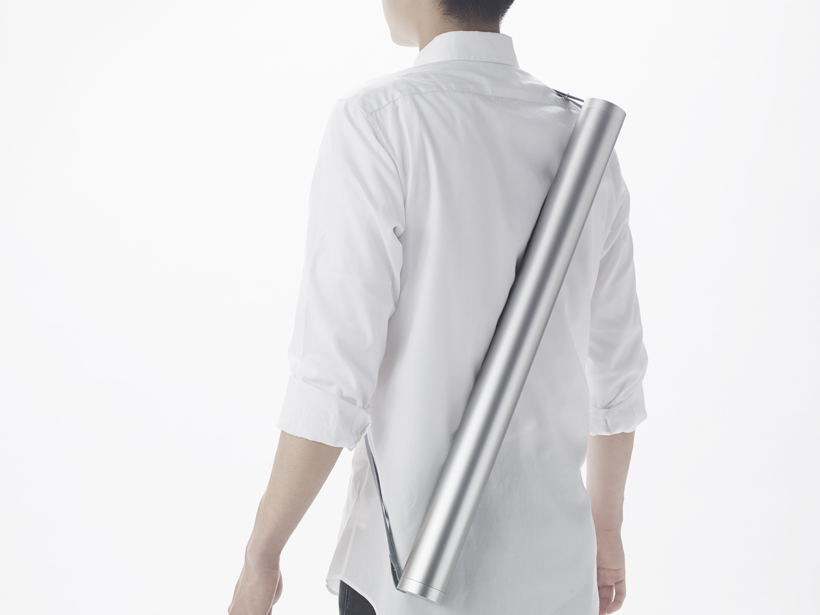
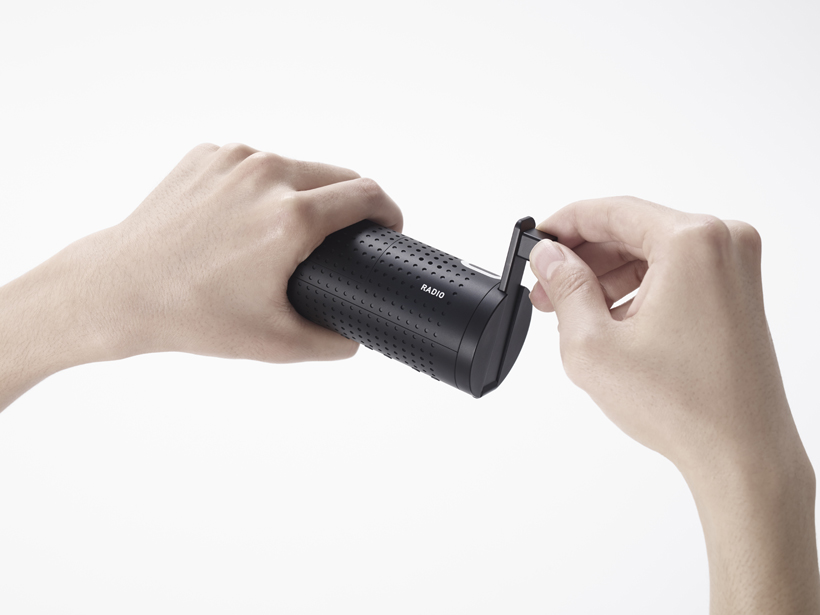
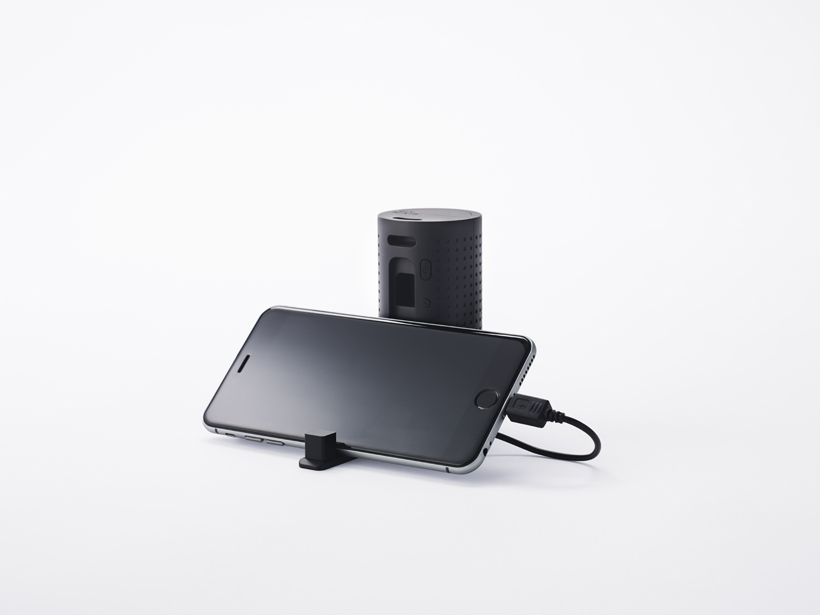
MINIM+AID by Nendo
The genius of MINIM+AID lies in its multi-functional design. Each component serves a clear purpose, optimized for emergency situations, while also considering user experience. The tube itself is buoyant, ensuring it can be retrieved even in flood scenarios. Inside, a carefully curated selection of essentials is found: a whistle for signaling, a hand-crank radio that can also charge USB devices, a lightweight raincoat, a compact lantern, drinking water, and a small, versatile plastic case for medicine or other personal needs. Even the water pouch’s tube container can be reused as a drinking cup, showcasing Nendo’s commitment to thoughtful and resourceful design.
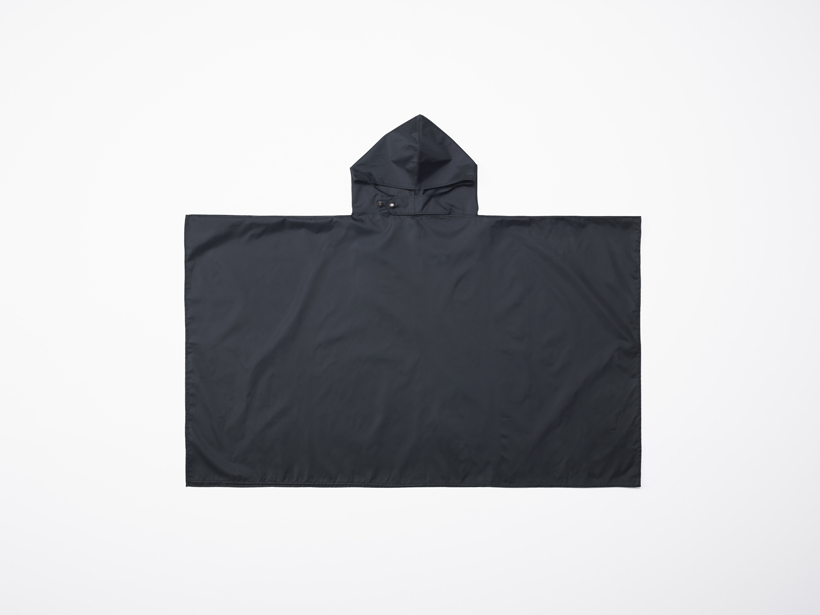

MINIM+AID by Nendo
Beyond its functionality, MINIM+AID prioritizes seamless integration into urban lifestyles. Its slim form allows for easy storage near the entrance of a home, whether it’s tucked into an umbrella stand or hung from a coat hanger, making it readily accessible when needed most. This is a departure from traditional kits, which often get stored away in hard to reach places. Furthermore, the use of durable materials and a considered color palette – available in silver, white, or black with tools in a selection of 3 colours – demonstrates a focus on sustainability and longevity, ensuring that the kit remains a reliable resource for years to come.
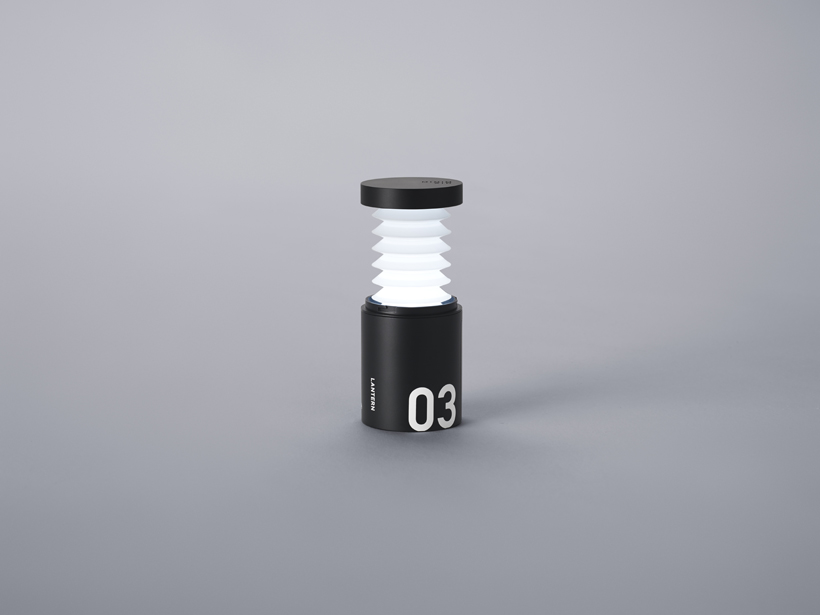
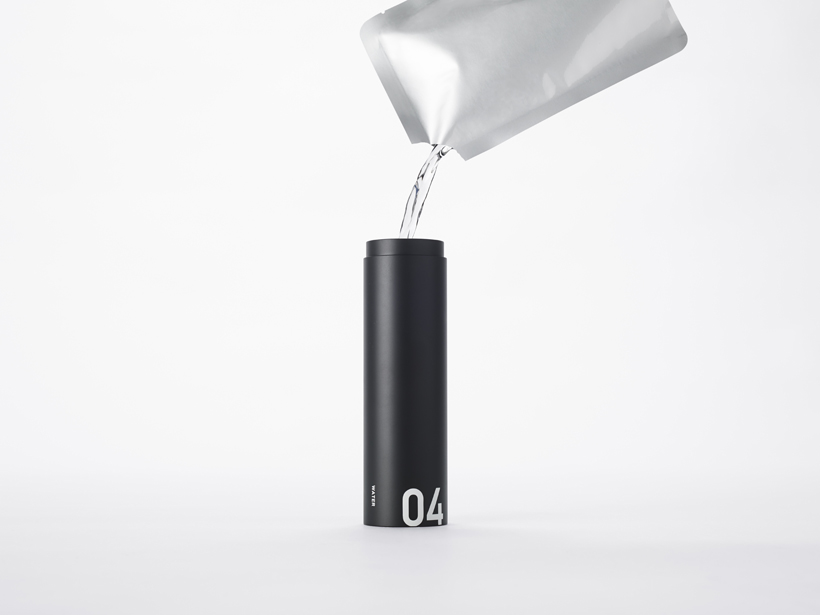
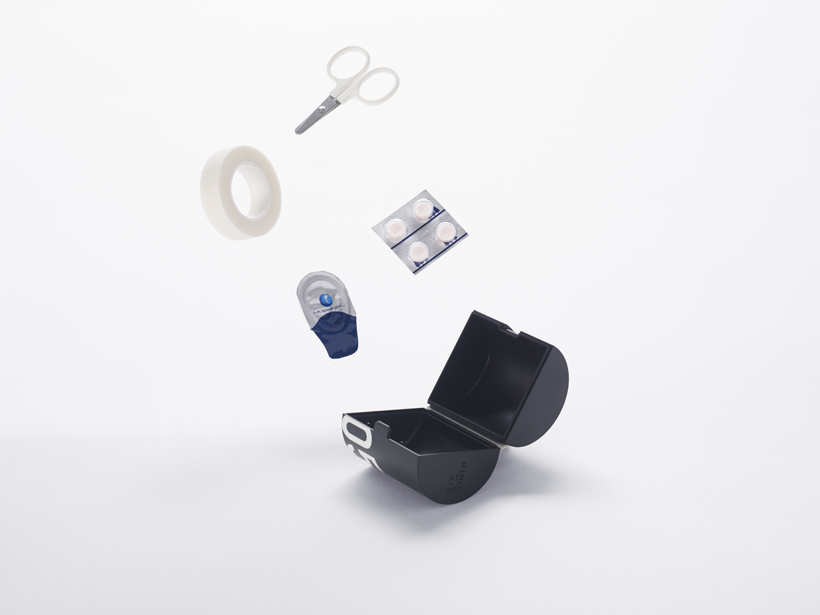
MINIM+AID by Nendo
By approaching emergency preparedness with a focus on minimalism, usability, and longevity, Nendo has crafted a product that resonates with the modern urban dweller, promoting a culture of thoughtful preparedness without sacrificing aesthetics or sustainability.
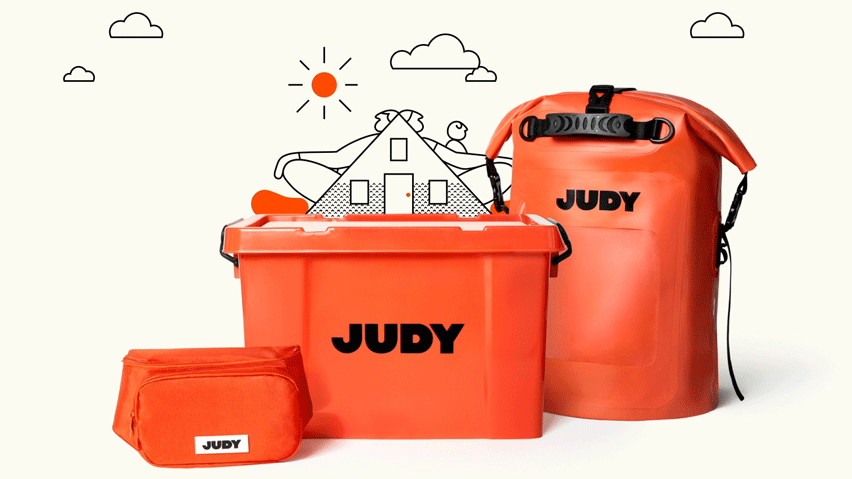
Judy by Red Antler (also header image)
Following Nendo’s minimalist approach to emergency preparedness, creative agency Red Antler presents a different yet equally compelling perspective with their Judy kits. The studio’s founder Simon Huck has created a range of kits that are not only functional but also visually engaging and approachable. This project represents a shift towards design-led preparedness, aiming to make emergency supplies something people actively want to integrate into their homes rather than stow away and forget.
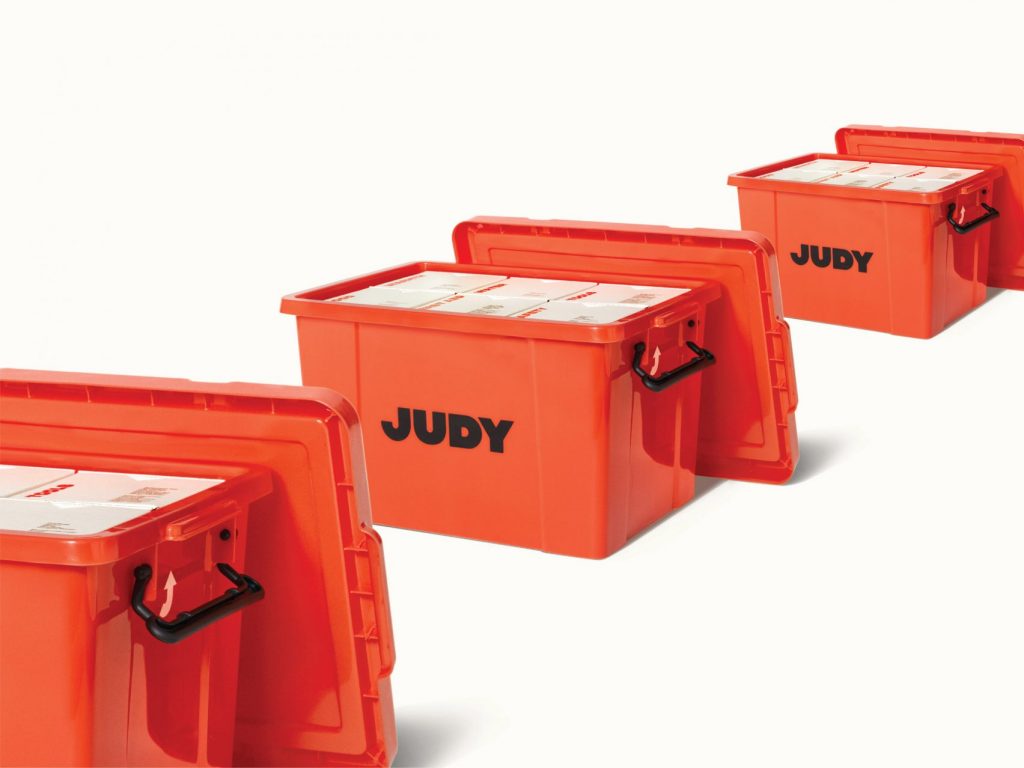
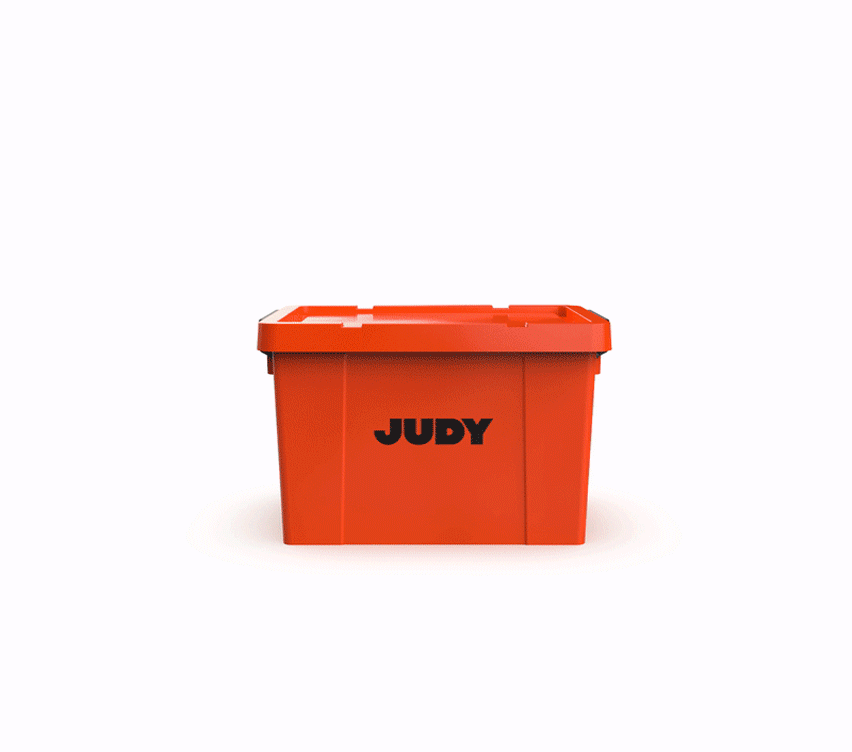
Judy by Red Antler
The Judy kits come in four versions – a bumbag for one, backpacks for two or four, and a plastic box for four – each containing a curated selection of essential survival items. This includes duct tape, batteries, a phone charger, a flashlight, a first aid kit, and longer-lasting emergency food and water, as well as items like dust masks and gloves. However, Red Antler’s design goes beyond simply compiling a list of necessities. They have strategically categorized these items into six modular containers, labeled for easy identification: tools, warmth, food, water, safety, and essentials. This organizational system is key to the kit’s functionality, ensuring that users can quickly locate the items they need in a stressful situation.
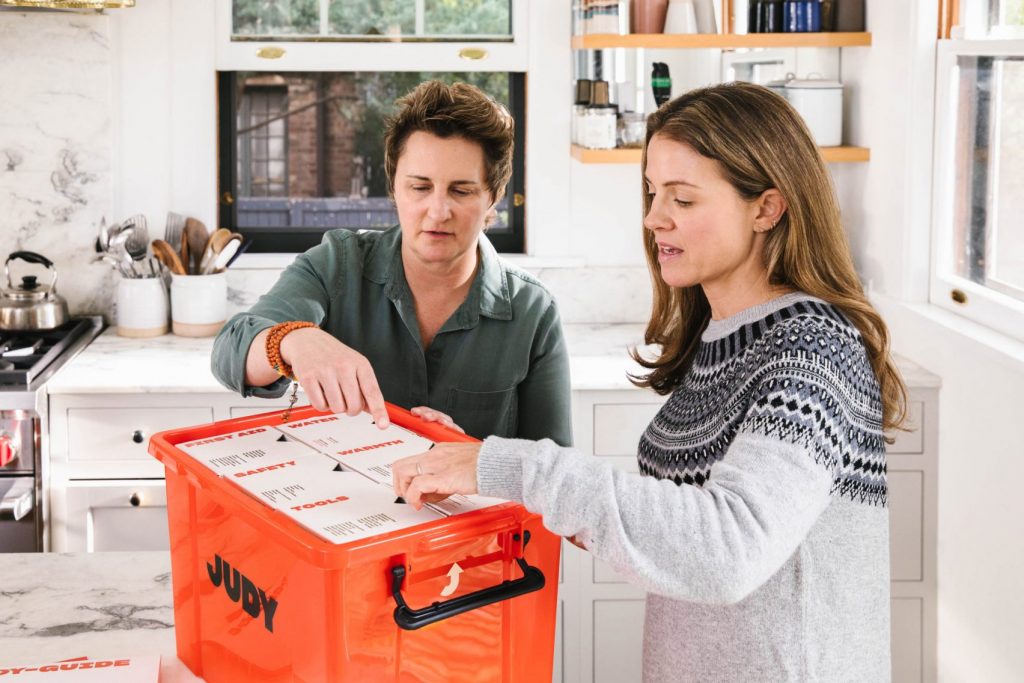
Judy by Red Antler
Red Antler prioritized a sensitive and considered approach to the Judy brand identity. Eschewing traditional safety reds, they opted for an “alert orange,” a color designed to be attention-grabbing without causing undue alarm. This hue is combined with the comforting name “Judy,” along with simple, textbook-inspired illustrations that promote a sense of reassurance. The logo itself, a stylized “J” that morphs into an upward-facing arrow resembling both a shelter and guidance, encapsulates the kit’s purpose. Through this design language, Red Antler seeks to create an emotional connection to the kits, promoting a sense of calm preparedness rather than fear.
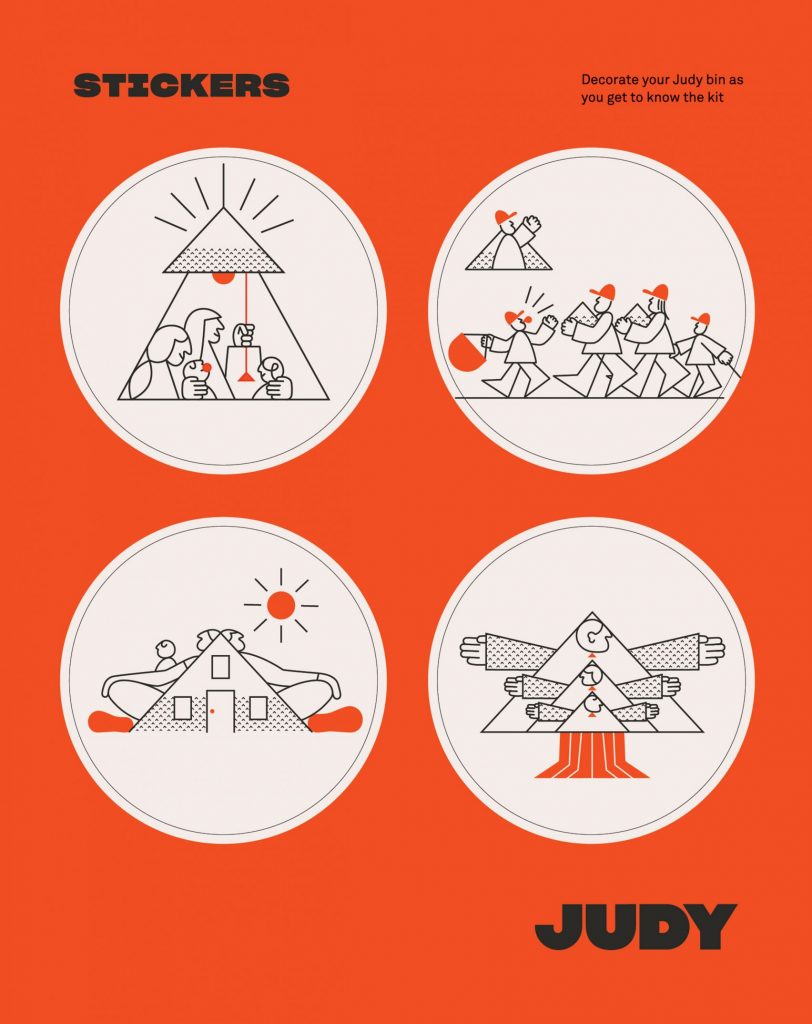
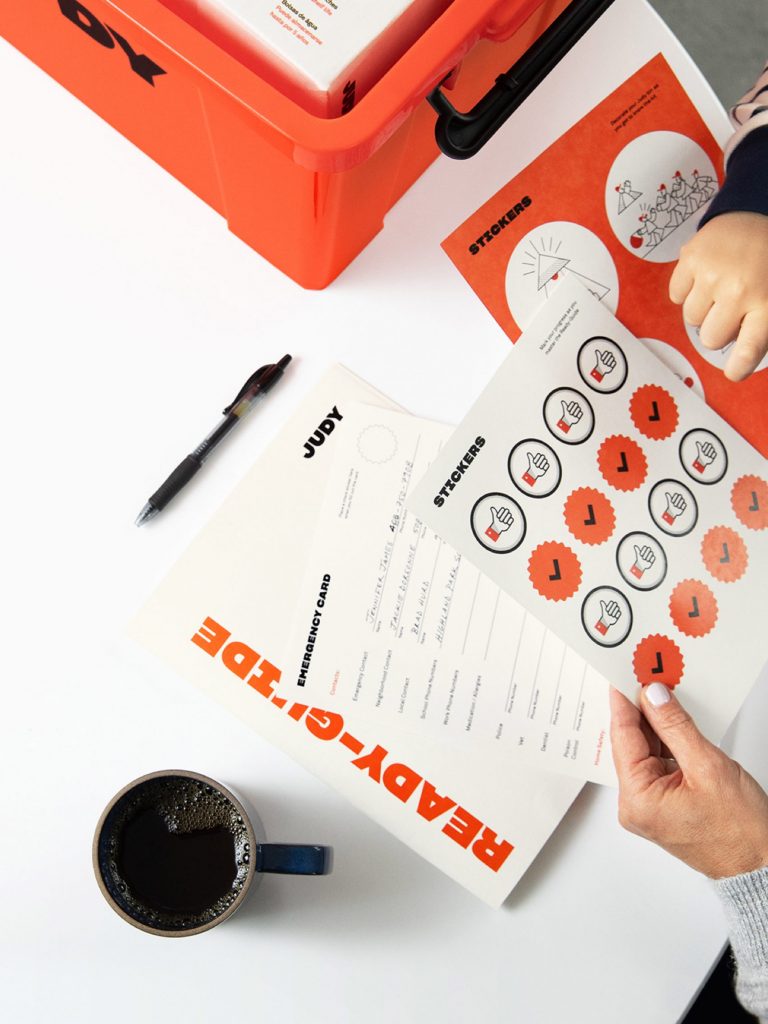
Judy by Red Antler
According to Red Antler, the design process was immersive, drawing inspiration from space agency NASA and the medical sphere, aiming to create a balance between level-headedness and optimism. This approach, which included listening to podcasts and reading survival literature, allowed them to develop a product that is not only practical, but also aligns with an understanding of how people respond to emergency situations. By prioritizing an intentional design and brand identity, the Judy kits offer a compelling alternative to the unorganized, often intimidating emergency kits on the market, making disaster preparation more accessible, enjoyable, and effective.
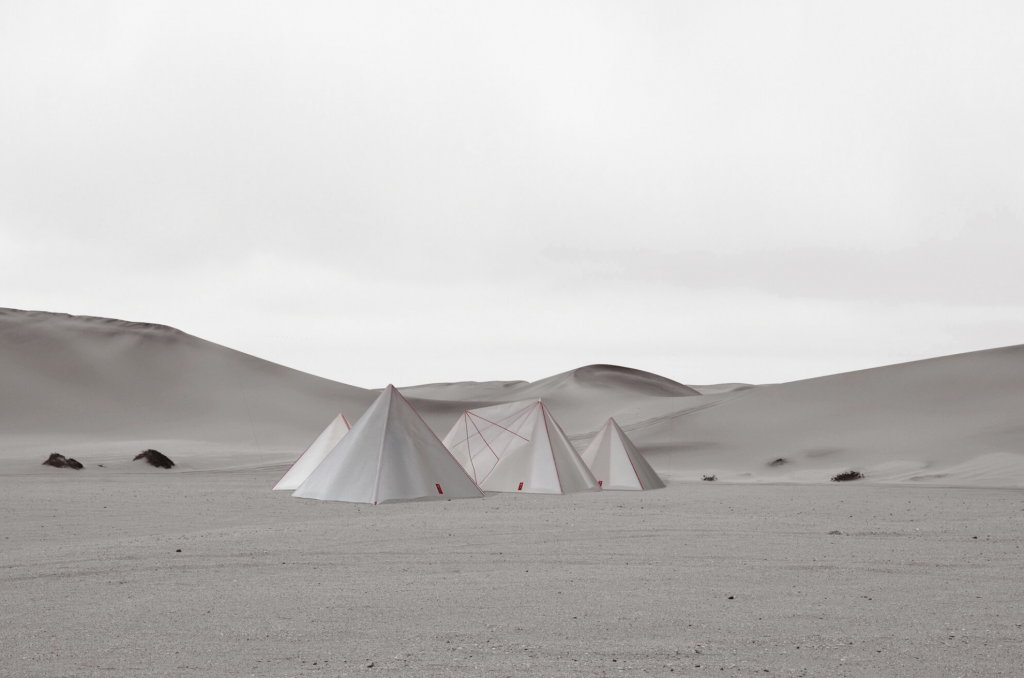
Superforma by EX FIGURA
Building on the same concepts of minimalist design and user-focused preparedness, architecture studio EX FIGURA based in Milan and Paris addresses a different facet of emergency response with their “Superforma” – a portable survival kit designed to provide immediate shelter, a bed, and a carry solution all within one compact package.
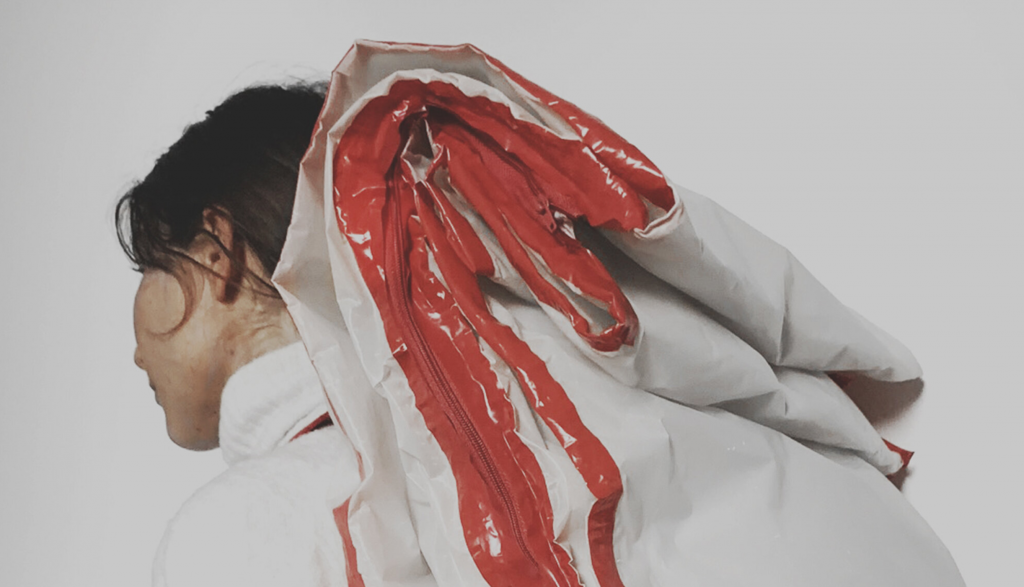
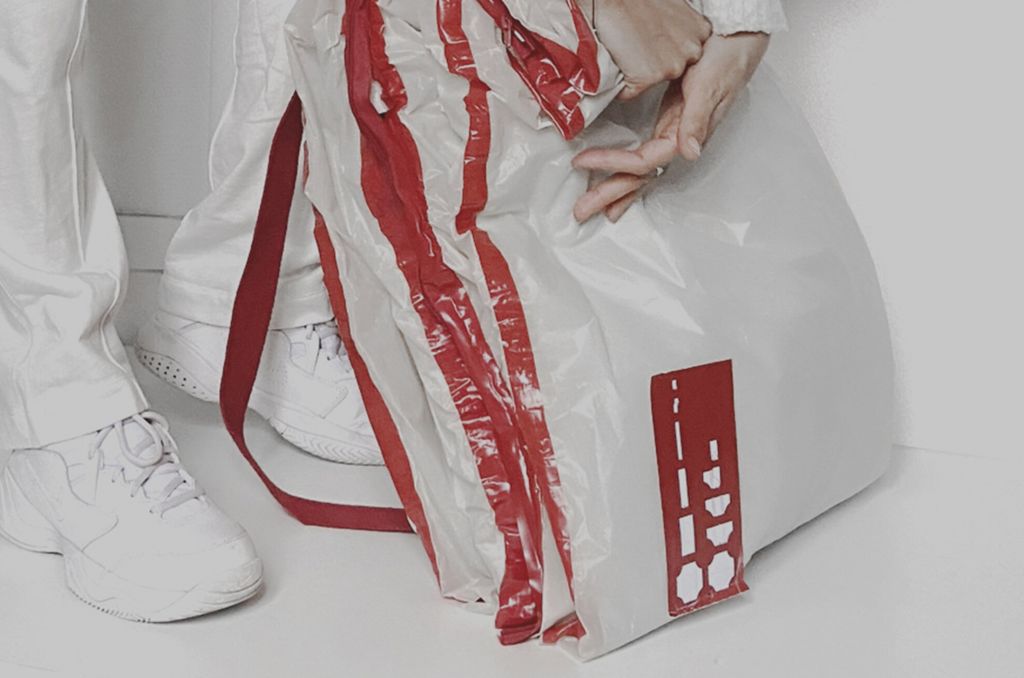
Superforma by EX FIGURA
While MINIM+AID and Judy focus on immediate personal preparedness for urban dwellers, Superforma shifts the focus to providing rapid housing solutions for those displaced by disaster or circumstance. This design-led innovation underscores the broadening scope of emergency preparedness and how design can provide innovative solutions to complex challenges.
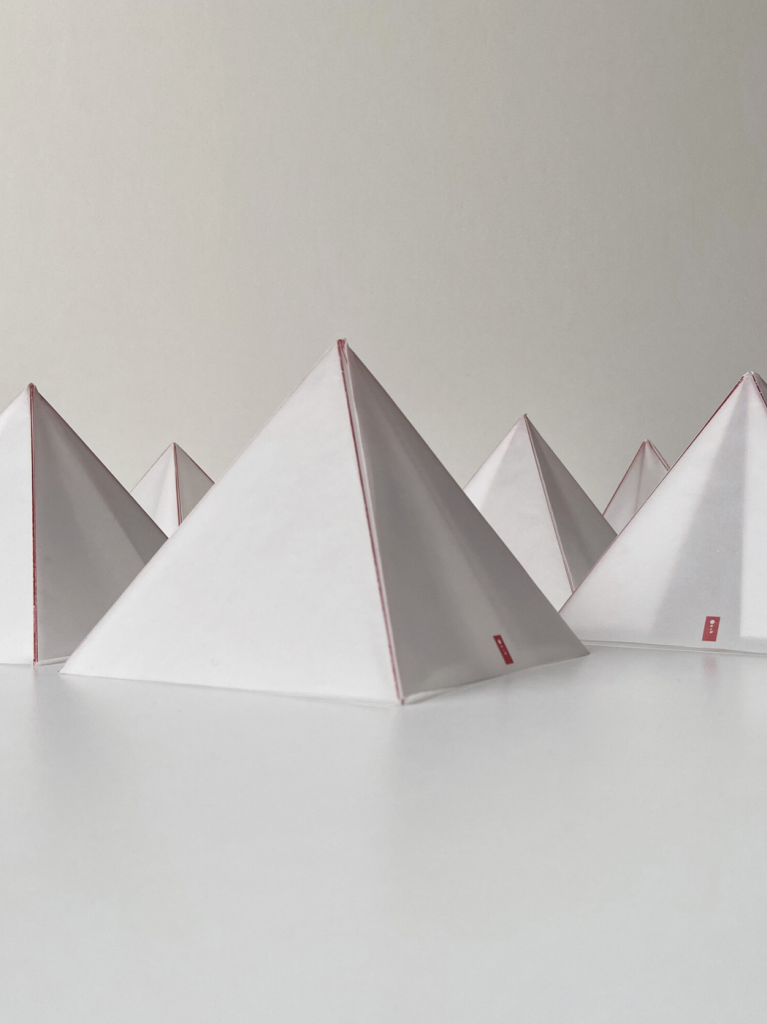
Superforma by EX FIGURA
Superforma stands out for its ingeniously simple approach. Essentially a piece of 4-meter square fabric made from recycled polyester, the kit is designed to be highly versatile and adaptable. This durable material provides both protection from the elements and flexibility in forming three essential objects: a temporary shelter, a bed, and a backpack. Red stitched instructions and guiding lines are embedded in the fabric, simplifying the construction process. The design includes a portable metallic frame for the shelter, which allows it to be quickly erected as well as joined with other Superforma structures, facilitating the creation of larger communal spaces, showing a commitment to community building in times of crisis.
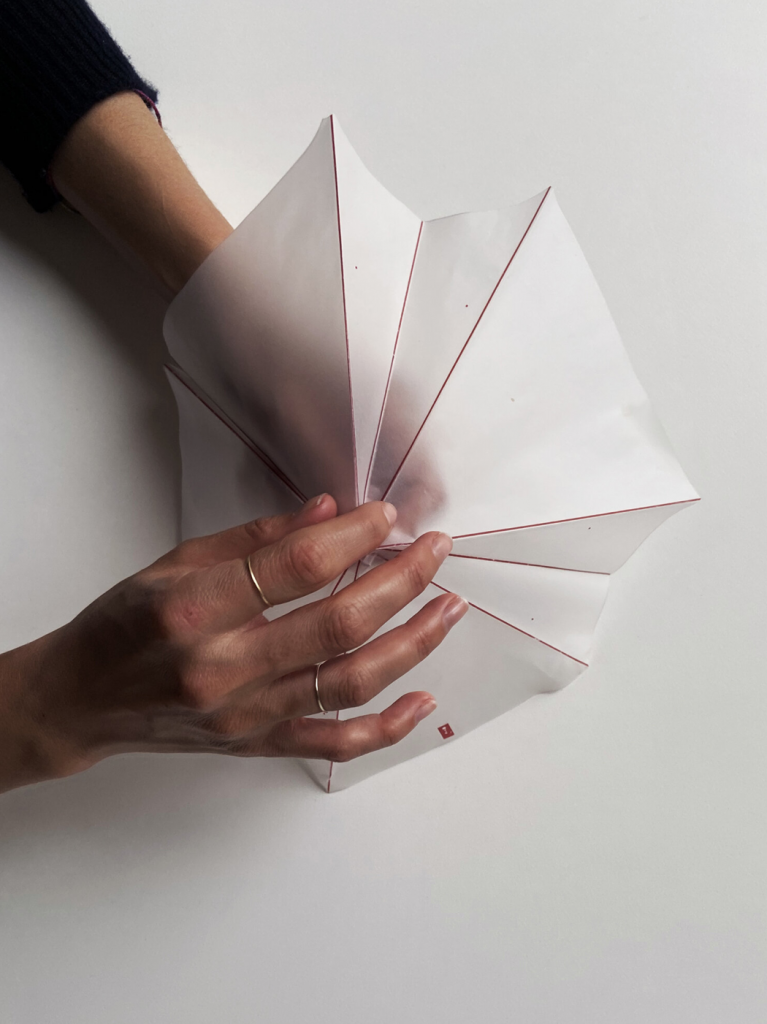
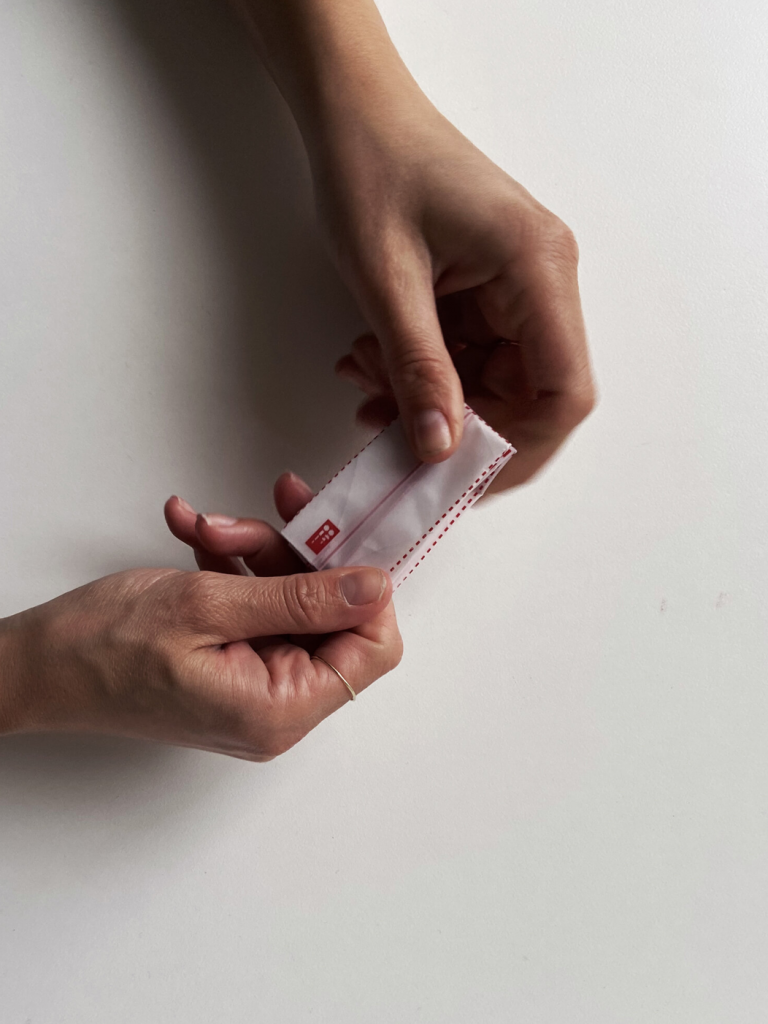
Superforma by EX FIGURA
What makes Superforma particularly impactful is its blend of sustainable materials, ease of use, and scalability. Constructed using recycled polyester, the kit prioritizes ecological consciousness without compromising durability and functionality. Its minimalistic design streamlines production, making it easier to manufacture and distribute globally, a key factor in providing rapid assistance where it is most needed. The ability to quickly transform the fabric into a usable shelter, bed, and backpack simplifies the user’s journey towards a safe place, providing immediate relief and autonomy in chaotic situations.